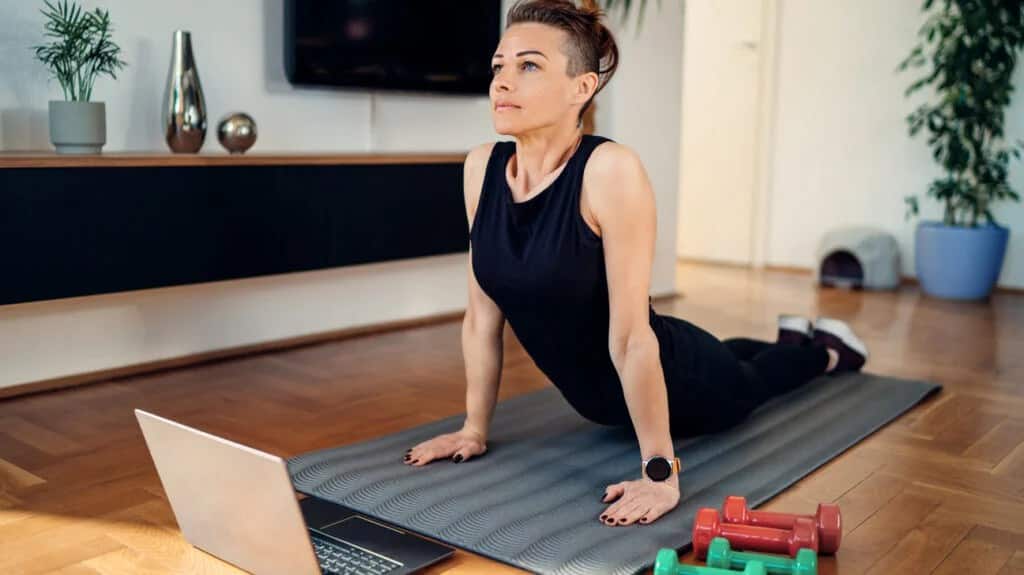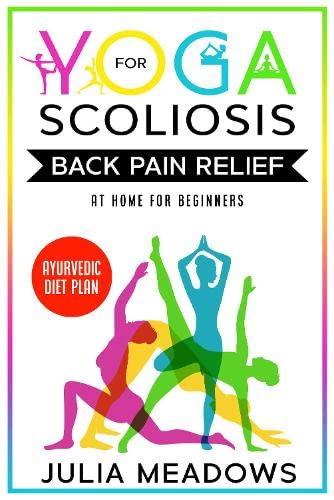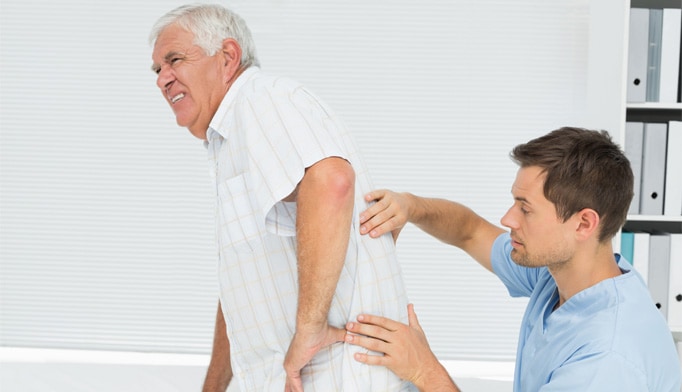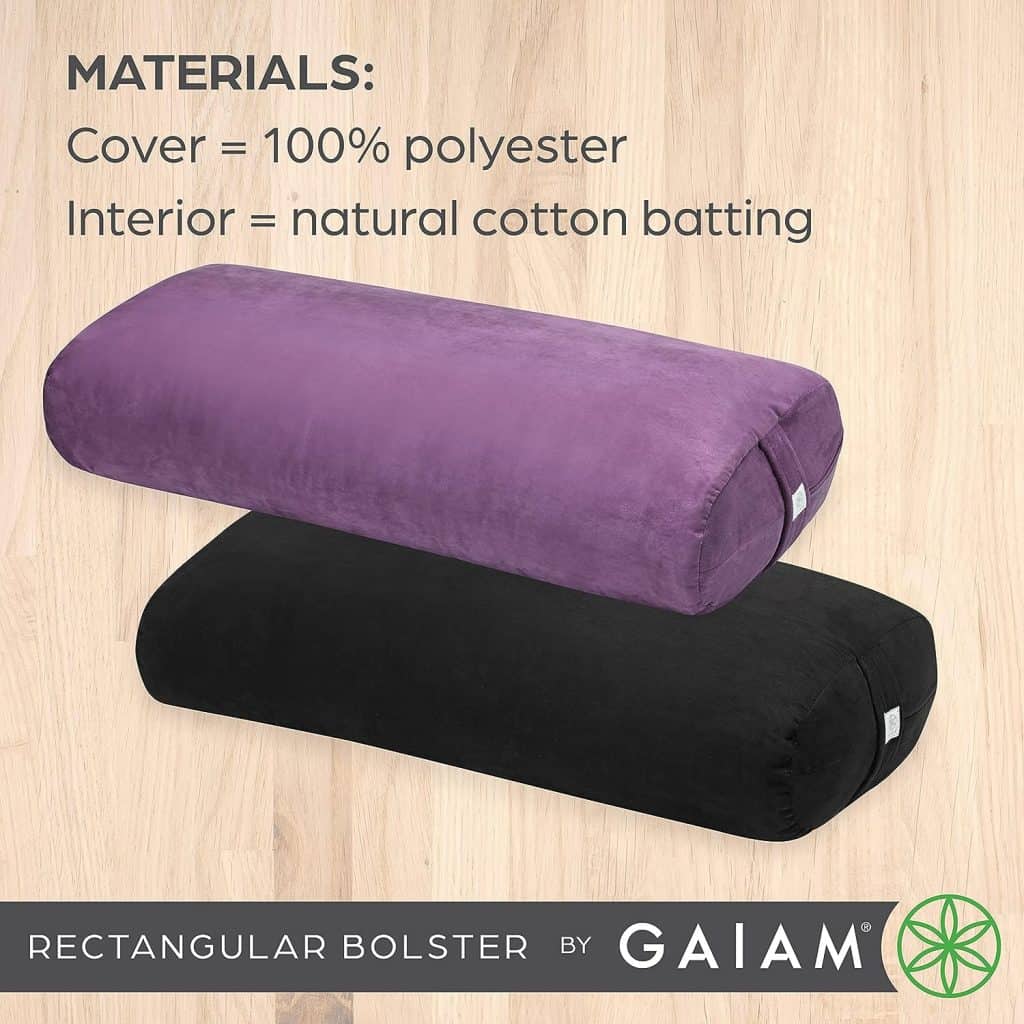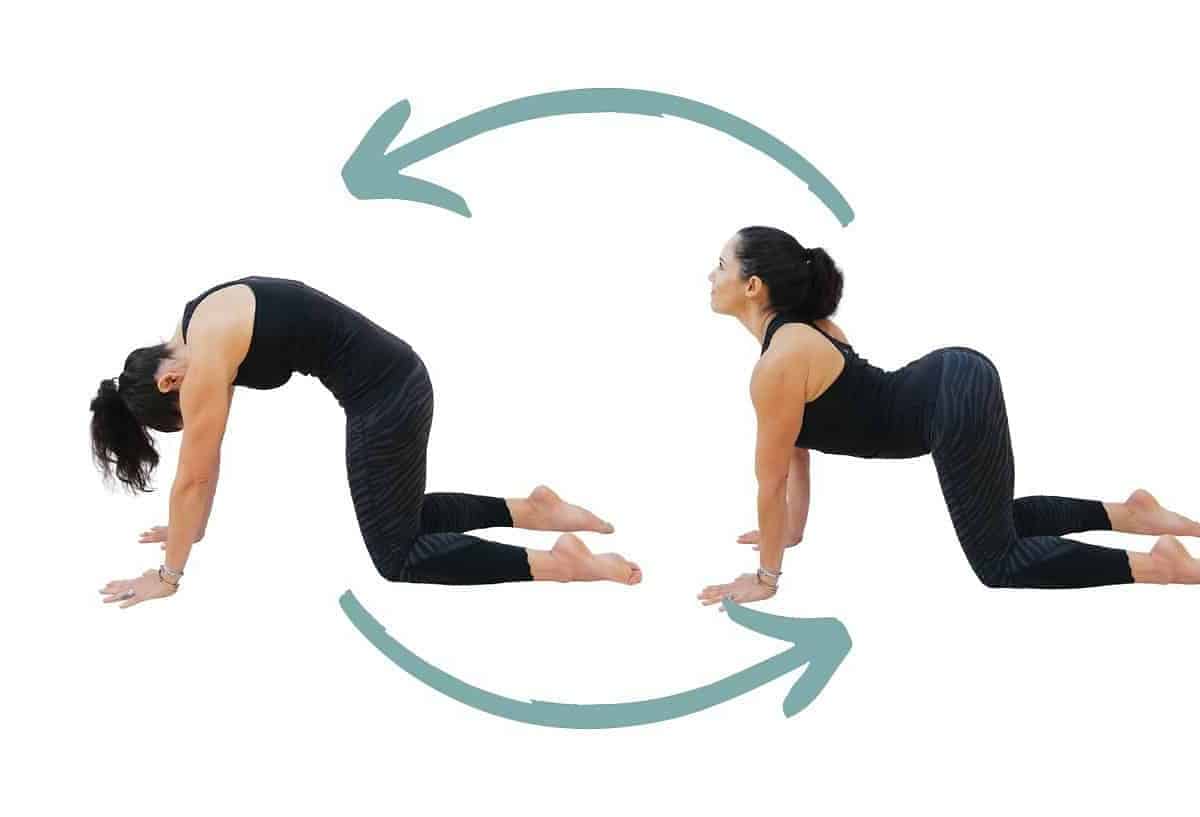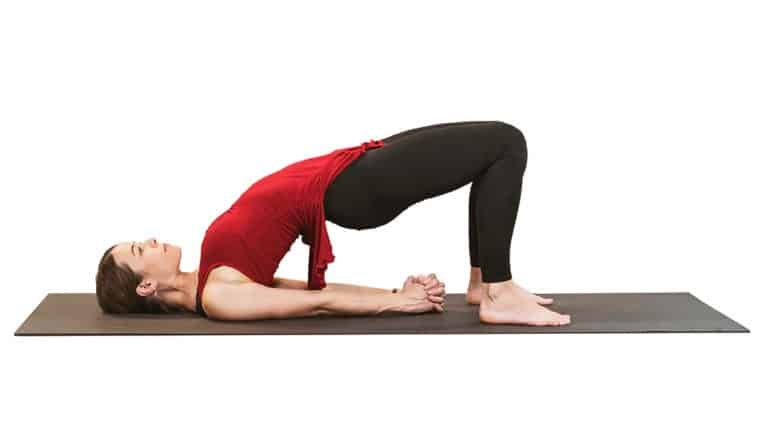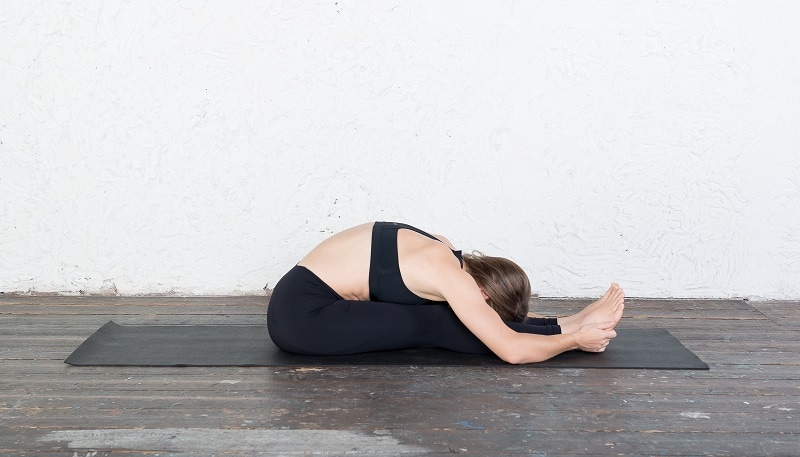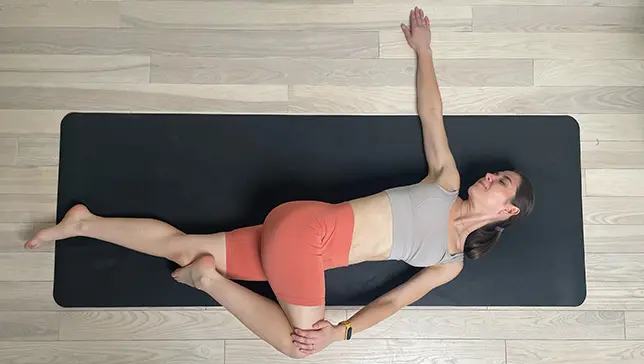Yoga can be beneficial for older adults with back pain
Yoga is a gentle and effective way for older adults with back pain to find relief and improve their overall well-being. By incorporating yoga into your daily routine, you can experience improved flexibility and range of motion, strengthened core muscles, reduced stress and tension, and improved posture.
However, before starting any yoga practice, it is important to take certain precautions, such as consulting with a healthcare professional, choosing the right type of yoga, and modifying poses as needed.
In this article, we will explore the benefits of yoga for older adults with back pain, provide a list of yoga poses specifically designed for back pain relief, offer tips for practicing yoga safely, and discuss other complementary therapies that can further alleviate back pain.
Benefits of yoga for older adults with back pain
Improved flexibility and range of motion
One of the key benefits of practicing yoga for older adults with back pain is improved flexibility and range of motion. As we age, our muscles and joints tend to become stiffer, leading to discomfort and limited mobility.
Yoga poses gently stretch and lengthen the muscles, helping to increase flexibility and improve the range of motion in the spine and other areas of the body. By regularly practicing yoga, you can gradually regain your flexibility and enjoy a greater range of motion, making everyday activities easier and more enjoyable.
Strengthening of core muscles
Another significant benefit of yoga for older adults with back pain is the strengthening of core muscles. The core muscles, including the abdominal muscles, back muscles, and pelvic floor muscles, play a crucial role in supporting the spine and maintaining proper posture.
Weak core muscles can contribute to back pain and poor posture. Yoga poses, such as plank pose and boat pose, target and engage these core muscles, helping to strengthen and stabilize them. By developing a strong core, you can alleviate back pain and improve your overall spinal health.
Reduced stress and tension
Stress and tension can exacerbate back pain and make it more difficult to find relief. Yoga provides a holistic approach to managing stress and promoting relaxation. Through deep breathing exercises, meditation, and gentle movements, yoga helps to calm the mind, release tension in the body, and reduce stress levels.
By incorporating yoga into your routine, you can experience a greater sense of calmness and well-being, which can have a positive impact on your back pain.
Improved posture
Poor posture is a common issue among older adults, often leading to back pain and discomfort. Yoga can help improve posture by strengthening the muscles that support proper alignment.
Poses such as mountain pose and cobra pose encourage an elongated spine, open chest, and engaged core, promoting good posture both on and off the mat. By practicing yoga regularly, you can develop better postural habits, reducing the strain on your back and minimizing the risk of future pain.
Precautions to take before starting yoga
Consult with a healthcare professional
Before starting any new exercise program, including yoga, it is important to consult with a healthcare professional, especially if you have pre-existing back conditions or injuries. They can provide personalized advice and guidance based on your specific needs and limitations. Your healthcare professional may also be able to recommend modifications or alternative poses that are better suited to your condition.
Choose the right type of yoga
Not all types of yoga are suitable for older adults with back pain. It is important to choose a style of yoga that focuses on gentle movements, proper alignment, and modifications for different abilities. Hatha yoga, restorative yoga, and gentle yoga are all excellent choices for older adults with back pain. These styles emphasize slow and controlled movements, allowing you to build strength and flexibility without putting excessive strain on your back.
Modify poses as needed
Every body is unique, and it is essential to listen to your body and modify poses as needed. If a pose causes pain or discomfort, back off or adjust the pose to a more comfortable variation. For example, if a forward bend is too intense, you can use props such as blocks or a chair to support your hands and maintain a straight spine. Remember, yoga is not about achieving perfection but rather finding what feels good and safe for your body.
Yoga poses for older adults with back pain
Here are five yoga poses specifically beneficial for older adults with back pain:
Child’s Pose
Child’s Pose is a gentle resting pose that stretches the lower back and promotes relaxation. Start by kneeling on the floor with your knees hip-width apart.
Slowly lower your hips towards your heels and extend your arms forward, resting your forehead on the mat. Breathe deeply and hold the pose for several breaths, allowing your back to gently release and relax.
Cat-Cow Pose
Cat-Cow Pose is a gentle flowing movement that helps to mobilize the spine and release tension in the back. Begin on your hands and knees, with your wrists directly under your shoulders and your knees under your hips. Inhale, arch your back, and lift your chest and tailbone towards the ceiling (Cow Pose).
Exhale, round your spine, tuck your chin towards your chest, and draw your belly button towards your spine (Cat Pose). Repeat this movement for several rounds, coordinating your breath with the movement.
Bridge Pose
Bridge Pose is a backbend that strengthens the glutes, hamstrings, and lower back muscles while opening the chest and shoulders.
Lie on your back with your knees bent and feet hip-width apart. Press your feet into the mat, engage your glutes, and lift your hips towards the ceiling. Keep your shoulders relaxed and your chin slightly tucked. Hold the pose for several breaths, then slowly lower your hips back down to the mat.
Seated Forward Bend
Seated Forward Bend is a seated pose that stretches the hamstrings, lower back, and shoulders. Sit on the floor with your legs extended in front of you. Inhale, lengthen your spine, and exhale, hinge forward from your hips, reaching towards your feet.
If you can’t reach your feet, you can use a strap or a towel around the soles of your feet to help you maintain a straight spine. Hold the pose for several breaths, feeling a gentle stretch in your back and hamstrings.
Supine Twist
Supine Twist is a gentle twist that releases tension in the back and massages the internal organs. Lie on your back with your knees bent and feet flat on the floor. Extend your arms out to the sides in a T-shape.
Exhale, drop both knees to one side, keeping your shoulders grounded. You can place a pillow or folded blanket under your knees for support. Hold the pose for several breaths, then inhale and bring your knees back to center before repeating on the other side.
Tips for practicing yoga safely
Listen to your body
When practicing yoga, it is important to listen to your body and honor its limitations. If a pose feels painful or uncomfortable, back off or modify the pose to a more suitable variation. Pushing through pain can lead to further injury or exacerbate existing back pain. Focus on finding a balance between effort and ease, and always prioritize your well-being.
Use props for support
Props such as blocks, straps, and blankets can provide additional support and stability during yoga practice. For example, using a block under your hand in a standing forward bend can help you maintain proper alignment and prevent strain on your back. Don’t hesitate to incorporate props into your practice to make poses more accessible and comfortable.
Take breaks when needed
If you start to feel fatigued or overwhelmed during your yoga practice, it is important to take breaks as needed. Resting in child’s pose or lying on your back in savasana can help you regain your energy and allow your body to recover. Remember, yoga is not a competition, and it’s okay to take breaks and listen to your body’s signals.
Other complementary therapies for back pain
While yoga can be highly beneficial for older adults with back pain, it is not the only option available. Other complementary therapies can further alleviate back pain and support overall well-being. Consider incorporating the following therapies into your routine:
Physical therapy
Physical therapy focuses on improving strength, flexibility, and mobility through targeted exercises and techniques. A physical therapist can create a personalized treatment plan to address your specific back pain concerns and guide you through exercises that can complement your yoga practice.
Massage therapy
Massage therapy can help relieve muscle tension, reduce pain, and improve circulation. A skilled massage therapist can target specific areas of your back that are causing discomfort and provide relief through various massage techniques.
Acupuncture
Acupuncture involves the insertion of thin needles into specific points on the body to stimulate energy flow and promote healing. This ancient practice has been shown to effectively alleviate back pain and improve overall well-being.
Conclusion
In conclusion, yoga can be a valuable tool for older adults with back pain. By incorporating yoga into your daily routine, you can experience improved flexibility, strengthened core muscles, reduced stress, and improved posture.
However, it is important to take precautions before starting yoga, such as consulting with a healthcare professional and choosing the right type of yoga. Additionally, practicing yoga safely by listening to your body, using props for support, and taking breaks when needed is crucial.
Remember that yoga is just one of many complementary therapies available for back pain relief, and exploring options such as physical therapy, massage therapy, and acupuncture can further enhance your well-being.
Start your yoga journey today and discover the benefits it can bring to your life.
Originally posted 2023-02-22 16:45:39.

